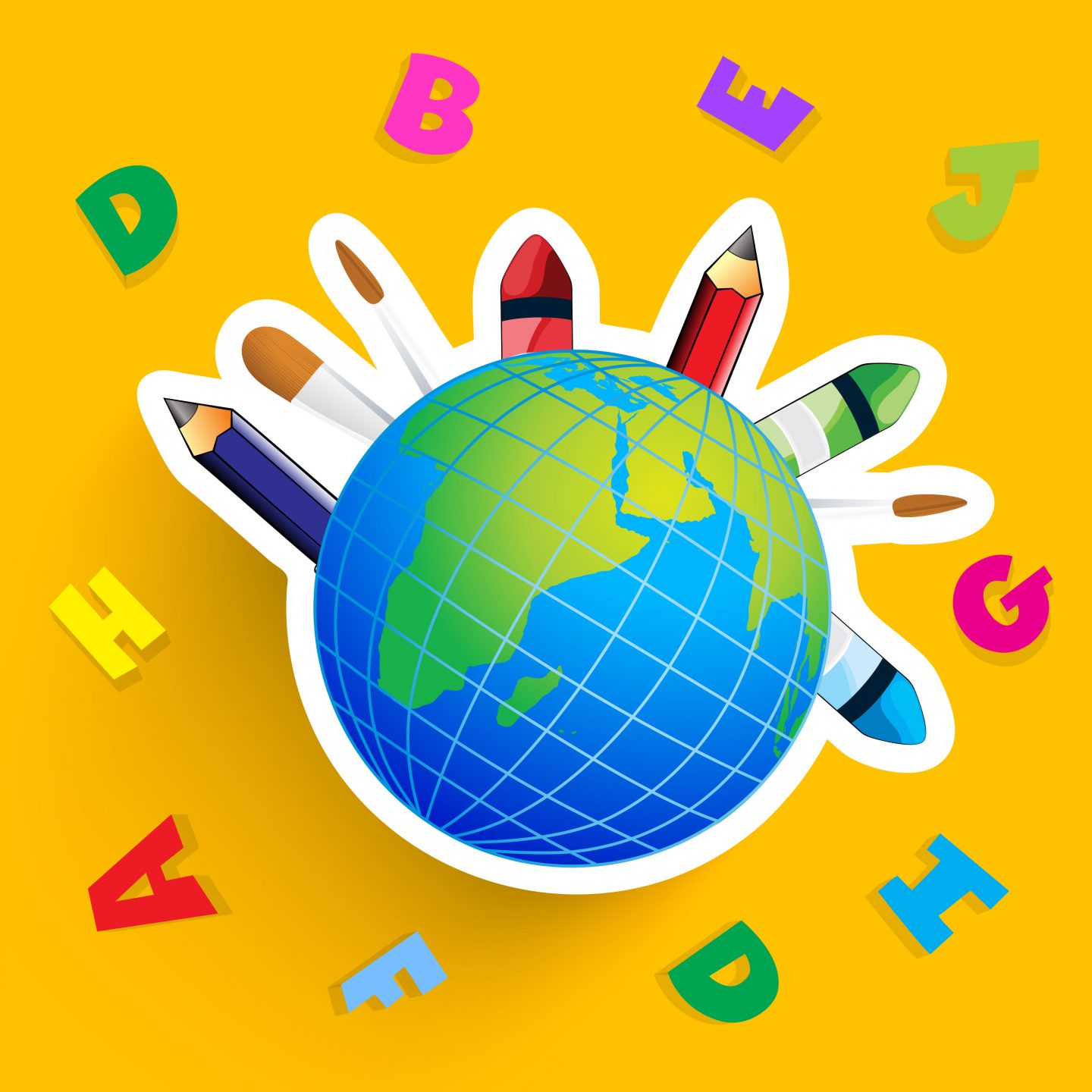These days, there are many varying types of curriculum, each with their own pluses and minuses.
No matter what a child’s learning style is, there’s bound to be a form of curriculum that’s right for them.
The form of K12 curriculum most people will be familiar with is the traditional form. This includes students being taught six to seven different subjects, each with their own textbook. The material covered changes based on grade. This curriculum gives students the chance to cover a lot of material, and allows for detailed lesson plans, but it also has some drawbacks.
Issues With Traditional K12 Curriculum
For starters, the traditional form of K12 curriculum can be expensive. Textbooks are costly, especially when they needed to be replaced annually. It also doesn’t provide a lot of flexibility. Multiple subjects and grades can’t be taught at once, and it takes a one-size-fits-all approach to education.
Classical K12 Curriculum
Classical curriculum sounds similar to traditional curriculum, but it’s actually very different. It has children learn things based on their developmental stages. In their early years, they’ll concentrate on the grammar stage. They’ll enter the compare/contrast stage around second grade, and the rhetoric stage at middle school age.
This kind of K12 curriculum is ideal for multi-sensory learners. There’s a long history of this type of curriculum, and many have utilized it with great success. However, it’s not as structured as it could be, and it can be problematic when there’s an ability gap between children.
Integrated Study
Another type of K12 curriculum is integrated study. Instead of teaching subjects, material is linked in to a particular theme. For example, students might study a historical event and get reading and writing assignments that tie into that. Usually, a supplemental math program is required.
What’s great about integrated study is that it’s inexpensive and enables teachers to tailor things to a student’s interests. It also offers a lot of flexibility. However, it can lead to gaps in education and can often be overwhelming to students.
Programmed K12 Curriculum
Programmed K12 curriculum has students learn out of self-paced workbooks. This type of curriculum is often used for homeschoolers. It’s extremely simply and needs minimal prep work, but it’s not a system that will work for all learners. It’s best for kids who enjoy routine learning.
Technological Learning
These days, one of the most popular forms of K12 curriculum is technological learning. This entails learning over the internet or through software. This type of curriculum can be done at home or in a controlled environment.
For tech-savvy children, this type of learning can be a lot more engaging. It can also help children figure out how to learn independently. However, it can be a problem if a child’s reading and typing skills aren’t up to par. Even if a child is tech-savvy, they might not be able to keep up with everything a program needs.
There are pros and cons to every type of curriculum. What’s best ultimately depends on the individual child. Hopefully, what you’ve learned here today will help you make smart choices for your child.

